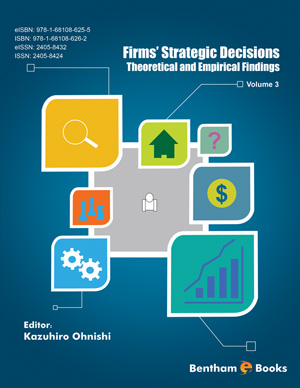Abstract
This chapter explores the transformative role of Artificial Intelligence (AI)
in promoting social welfare and advancing the well-being of individuals and
communities. AI, with its remarkable capabilities in data analysis, pattern recognition,
and decision-making, has the potential to revolutionize various aspects of social
welfare, ranging from healthcare and education to poverty alleviation and disaster
response. The chapter begins by providing an overview of the concept of social welfare
and its significance in fostering inclusive and equitable societies. It highlights the
challenges faced by traditional approaches in addressing complex social issues and how
AI can act as a catalyst for change. The chapter explores how AI can enhance access to
quality healthcare, especially in underserved regions, and contribute to improved health
outcomes for vulnerable populations. Education is another domain greatly influenced
by AI. The chapter examines the potential of AI in personalized learning, adaptive
tutoring, and intelligent assessment systems. It explores how AI technologies can
bridge educational gaps, promote lifelong learning, and support inclusive education for
students with diverse needs.
Furthermore, the chapter discusses the role of AI in poverty alleviation and social
safety net programs. AI-driven analytics and predictive modeling can help identify
vulnerable populations, optimize resource allocation, and design targeted interventions
to reduce poverty and inequality. It emphasizes the importance of ethical
considerations and safeguards to ensure that AI solutions do not perpetuate biases or
deepen existing social divides. In addition, the chapter highlights the significance of AI
in disaster response and humanitarian aid. AI-powered algorithms can analyze vast
amounts of data from various sources, such as social media and satellite imagery, to
facilitate timely and effective disaster management. It explores how AI can enable
rapid needs assessment, aid distribution, and post-disaster recovery efforts, ultimately
saving lives and minimizing human suffering. Finally, the chapter addresses the
challenges and ethical implications associated with the use of AI in social welfare.









.jpg)


